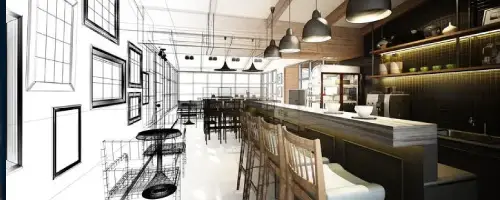Download Ready
Thanks for your interest! Your syllabus is now ready to download.



This program is designed for individuals aspiring to excel in Interior Design & Building Information Modeling (BIM). The course provides in-depth knowledge of architecture, space planning, material selection, and design execution, combined with advanced BIM workflows. Students will work on real-world international projects to gain practical experience in BIM implementation, 3D modeling, and architectural visualization.
 Autodesk Certification & Project Completion Certificate : Enhance your credentials with globally recognized certifications.
Autodesk Certification & Project Completion Certificate : Enhance your credentials with globally recognized certifications. Live Project Presentations & Expert Feedback : Gain valuable industry insights from BIM professionals.
Live Project Presentations & Expert Feedback : Gain valuable industry insights from BIM professionals. Resume & Portfolio Development : Build a professional CV & portfolio showcasing your BIM & Interior Design projects.
Resume & Portfolio Development : Build a professional CV & portfolio showcasing your BIM & Interior Design projects. Mock Interviews & Career Coaching : Get 80+ BIM interview questions, expert coaching & real-world job preparation.
Mock Interviews & Career Coaching : Get 80+ BIM interview questions, expert coaching & real-world job preparation. 100% Job Assurance at MNCs : Connect with leading Interior Design & BIM firms through our career support network.
100% Job Assurance at MNCs : Connect with leading Interior Design & BIM firms through our career support network.
|
|
8 Months (160+ Hours) |
| Recorded Sessions | Included |
|
|
8 no.s |
|
|
English, Malayalam |
| Global projects | 5 no.s |
|
|
7 no.s |
| Revit plugins & tools | 2 no.s |
|
B.E. / M.E. / B.Tech / M.Tech / ITI / Diploma (Civil) or B.Arch / M.Arch / Diploma (Architecture)
|
|
Next Course 29 December 2025







